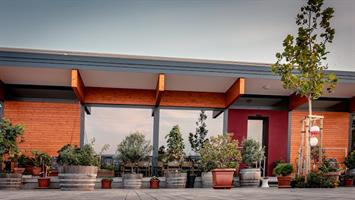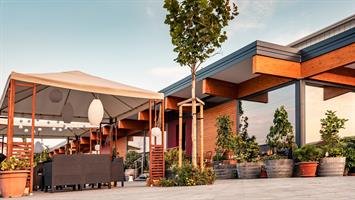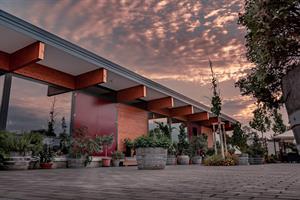Wine Tasting
We all want to drink good wine. Wine tasting is a standard and popular test of the quality of wine that can find any defects or accentuate its qualities. Impressions and feelings are mostly analysed by sight, smell and taste. These senses provide the basic information about the quality of wine.
"Wine tasting is not only a domain of professional wine tasters who choose champions and award gold medals. It can also be a fun evening with your friends. When you think about it, it is all about having a good conversation while drinking some wine."
The key to the visual assessment is a perfectly clean and clear glass. We examine the cleanliness and colour of the wine against light. Especially white wines should be clear and sparkling. The mere intensity of the colour can give you information about the variety and age of the wine. Both white and red wines usually, but not always, receive more intense hues during ageing.
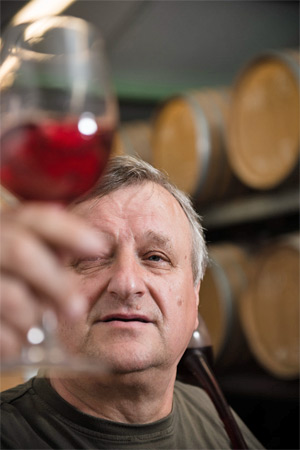
Good wine should smell like wine. If the first smell contact with the wine is not pleasant, there is definitely something wrong. On the other hand, good wines can start a whole palette of aromas, scents and fine tones and odours. First, smell the glass without motion to recognize the finest and most volatile aromas. Then whirl the glass to release other, heavier aromas.
And finally, after the visual and smell assessment, it is time to taste the wine. You should only take a small sip that you roll around your tongue to fill up the taste buds before swallowing. You can smell the wine during tasting by drawing in a bit of air through your teeth, which brings the created aromas to your nose. Then swallow and watch how long the taste lingers in your mouth and what it tastes like.
However, wine tasting does not only depend on the method as much as on the ability to describe what you feel.
"The art of wine tasting is the art of naming."
Each person is an individuality and everyone’s senses work a bit differently. Therefore, winegrowers have their own slang to describe in nuances what their senses perceive. Wine can be “sparkling” with a “delicate” bouquet, “flowery” aroma or “elegant” character.
If you are tasting several different wines at the same time, you should observe the principle of tasting white wines before red wines, dry wines before sweet wines, young ones before old ones and cheap ones before expensive ones. However, this is not a dogma. Mr. Michlovský often chooses to taste white, red, white and red during wine tasting.
If you would like to learn more about wine tasting, we recommend the Encyclopaedia of Wine Tasting by Miloš Michlovský.
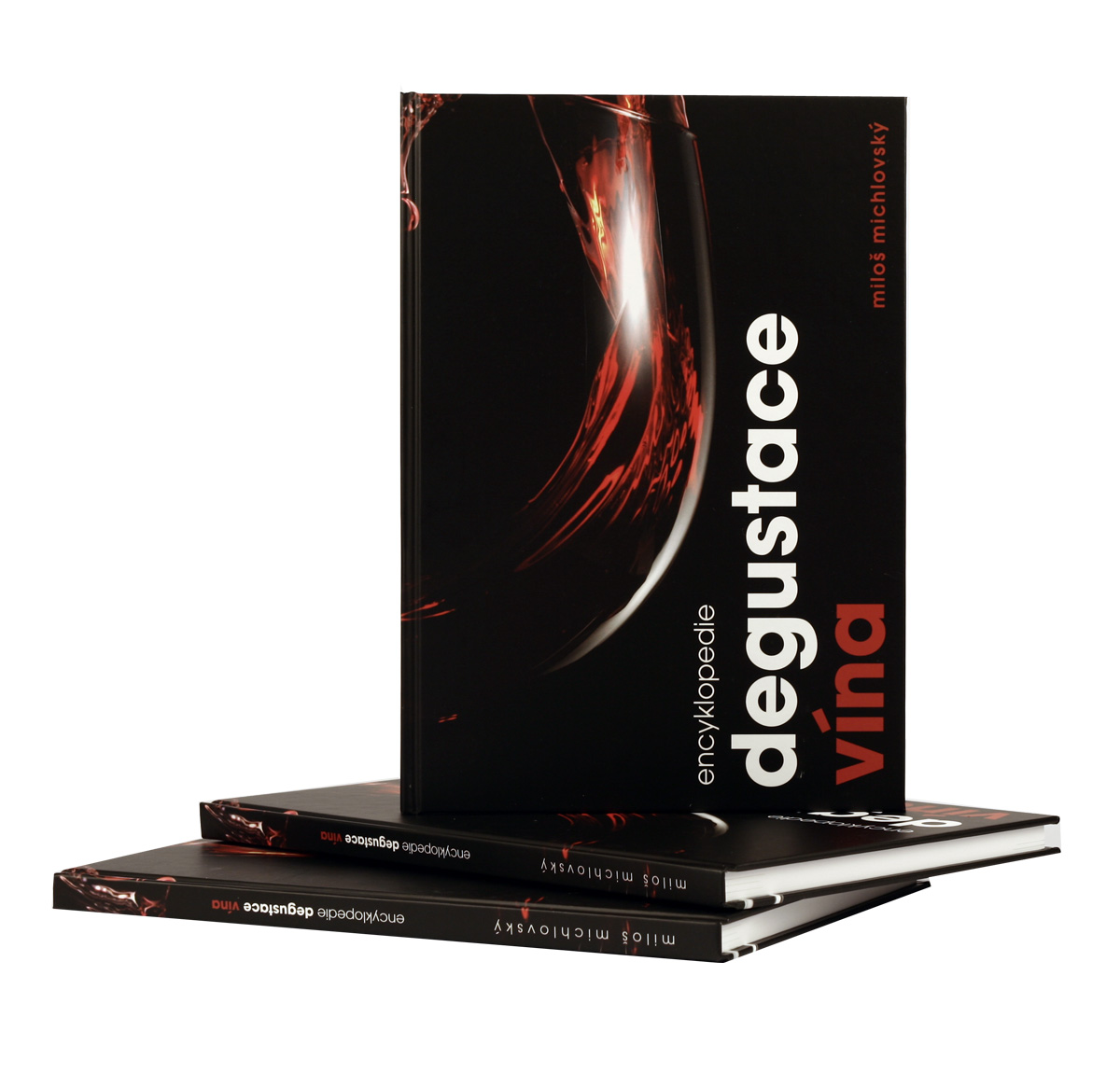
Wine Tasting
If you are interested in tasting (up to 40 people).
Place for tasting
Contact
Filip Michlovský
Tel.: +420 777 569 600
E-mail: michlovskyf@michlovsky.com
Facebook: www.facebook.com/WineGalleryRakvice



